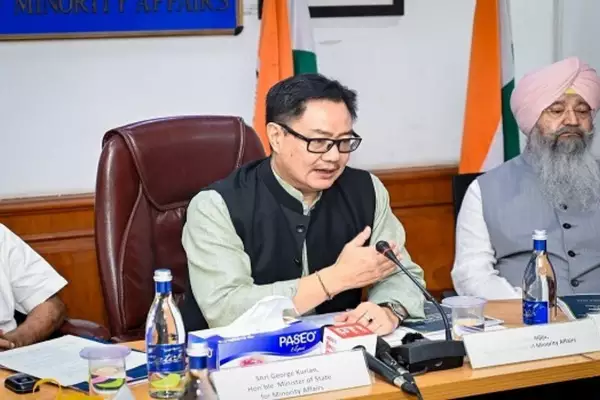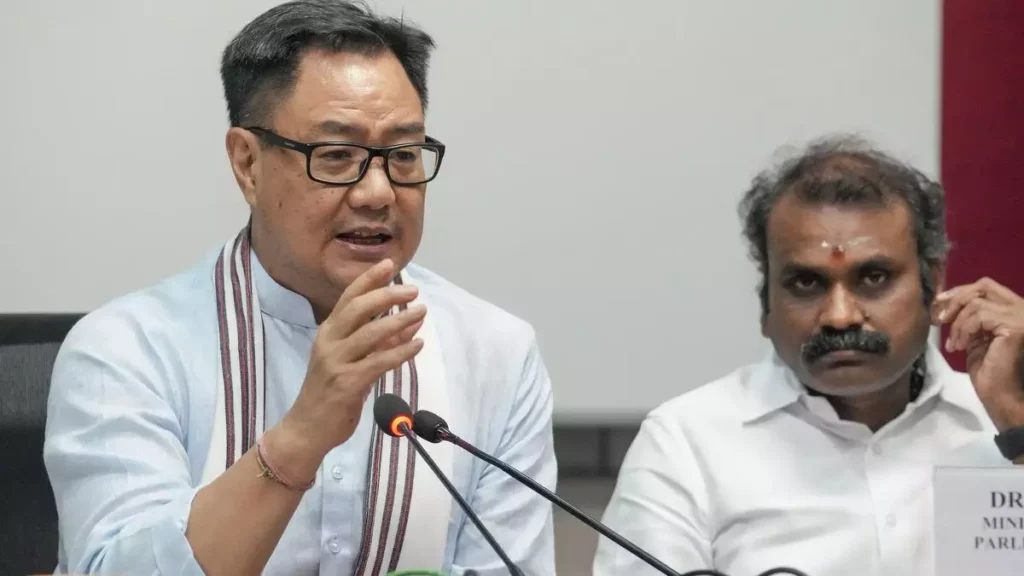The Minister for Minority Affairs recently launched the Jiyo Parsi Scheme portal, a Central Sector Scheme to arrest the population decline of the Parsi community in India.
About Jiyo Parsi Scheme:
- Jiyo Parsi is a unique Central Sector Scheme for arresting the population decline of the Parsi Community.
- The scheme was launched in 2013-14 with the objective to reverse the declining trend of Parsi Population.
- This is done by adopting scientific protocol and structured interventions to stabilize their population in India.
- The scheme has three components, Medical Assistance, Advocacy & Health of Community:
- Under Medical Component, financial assistance is provided to Parsi Couples for medical treatment under standard medial protocol.
- Under Health of Community Component, financial assistance is provided to Parsi Couples for child care and assistance of elderly people.
- Under Advocacy Component, advocacy/outreach programmes are conducted to generate awareness among the Parsi Population.
About Parsi Community:
- The Parsi community in India is a small but influential minority, known for its rich cultural heritage, contributions to Indian society, and unique religious practices.
- The Parsis follow Zoroastrianism, one of the world’s oldest monotheistic religions, founded by prophet Zoroaster (or Zarathustra) in ancient Persia (modern-day Iran) around 3,500 years ago.
History and Migration:
- The Parsis originally fled Persia during the Arab conquest in the 7th and 8th centuries, seeking refuge to preserve their religion and way of life.
- They settled in India, primarily in the western state of Gujarat, after being granted asylum by the local king.
- Over time, they assimilated into Indian society while maintaining their distinct religious and cultural identity.
Cultural and Religious Practices:
- Zoroastrianism: The Parsi religion is centered around the worship of Ahura Mazda, the supreme god, and emphasizes the concepts of truth, purity, and righteousness.
- Fire is a symbol of purity in Zoroastrianism, and fire temples (Agiaries) are central to Parsi religious life.
- Navjote Ceremony: The initiation ceremony where young Parsis are inducted into the Zoroastrian faith by donning the sacred shirt (Sudreh) and the thread (Kushti).
- Jashans and Festivals: Parsis celebrate various religious festivals, such as Navroz (the Persian New Year) and Jamshedi Navroz, with rituals, prayers, and community gatherings.
- Funeral Rites: Traditionally, Parsis practice “sky burial,” where the deceased are laid in Towers of Silence (Dakhmas) to be consumed by vultures, a practice that aligns with their belief in not contaminating the elements of earth, fire, or water.
Demographics:
- The Parsi population in India has been declining over the years due to low birth rates, late marriages, and migration.
- The community is concentrated mainly in Mumbai, with smaller populations in Gujarat, Pune, Kolkata, and Hyderabad.
Ref: Source
| UPSC IAS Preparation Resources | |
| Current Affairs Analysis | Topperspedia |
| GS Shots | Simply Explained |
| Daily Flash Cards | Daily Quiz |
Frequently Asked Question:
What is the Jiyo Parsi Scheme?
Jiyo Parsi is a Central Sector Scheme launched by the Government of India in 2013-14 to address the declining population of the Parsi community.
What are the main objectives of the Jiyo Parsi Scheme?
The primary objective of the Jiyo Parsi Scheme is to arrest the declining trend in the Parsi population in India. This is achieved by implementing scientific protocols and providing targeted assistance to Parsi families.
Who is eligible for assistance under the Jiyo Parsi Scheme?
Eligibility criteria generally include:
Being a member of the Parsi community.
Meeting specific requirements related to medical, child care, or elderly care needs, as outlined by the scheme’s guidelines.


